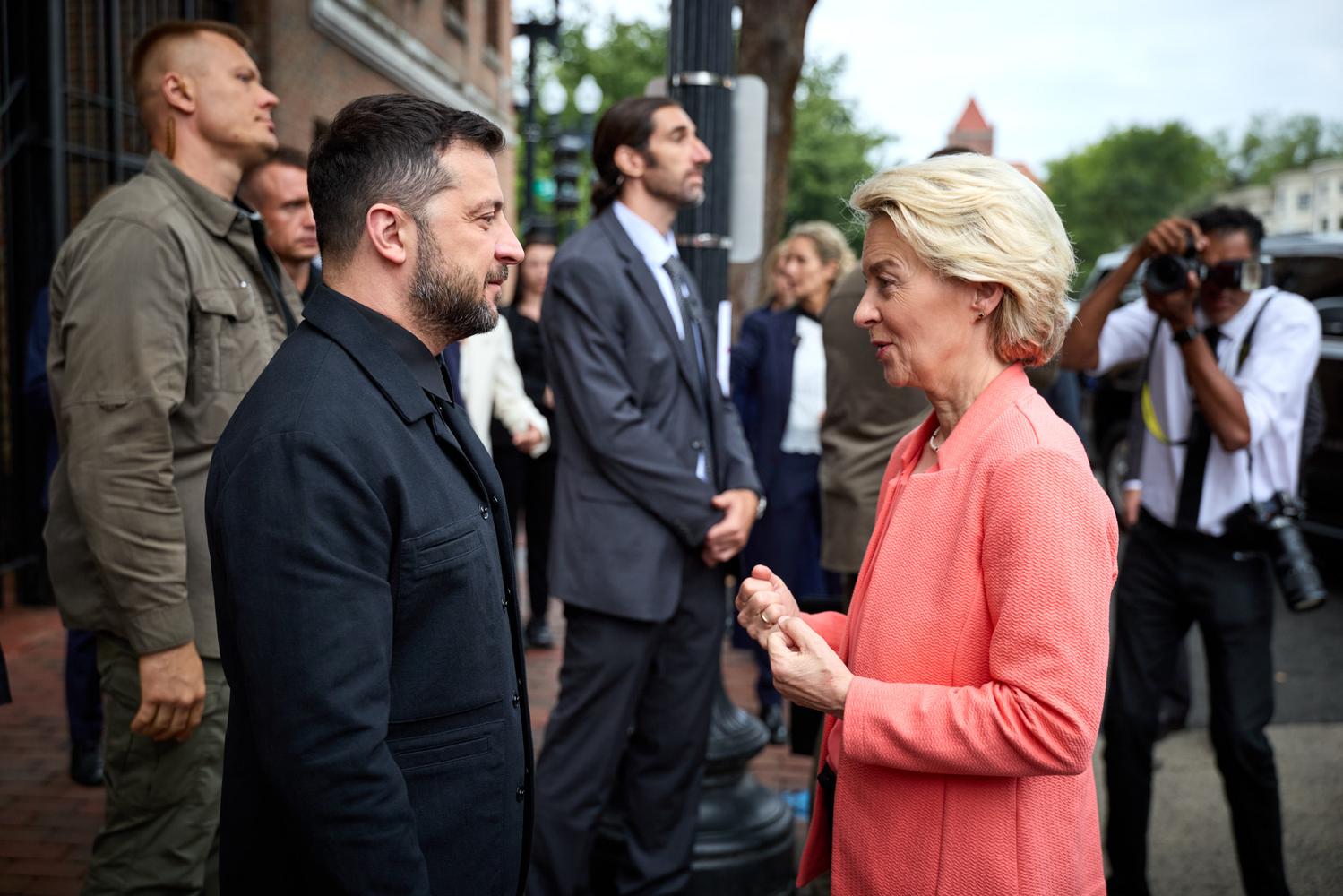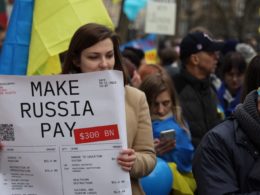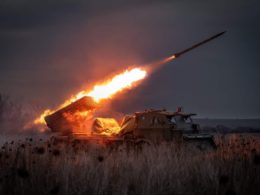The 28-point "peace plan" published by Axios on 21 November was met with alarm by European leaders.
The plan excludes NATO from discussions about European security, has no European support, undermines the Alliance, lays the foundation for the next war, conflicts with international law, and imposes demands on the EU beyond America's authority—all while the US talks to what used to be its biggest strategic opponent.
Essentially, it affirms that the transatlantic alliance no longer exists, forcing Europe to choose between accepting this reality and acting accordingly—or clinging to a partnership that has already ended.
The US-Russian plan
The plan would require Ukraine to withdraw from unoccupied parts of Donetsk and Luhansk oblasts, handing over the fortress belt that has kept Russia at bay for nearly 12 years. Occupied territories – Crimea, Luhansk, Donetsk, Kherson, and Zaporizhzhia oblasts – would be recognised de facto as Russian, including by the United States.
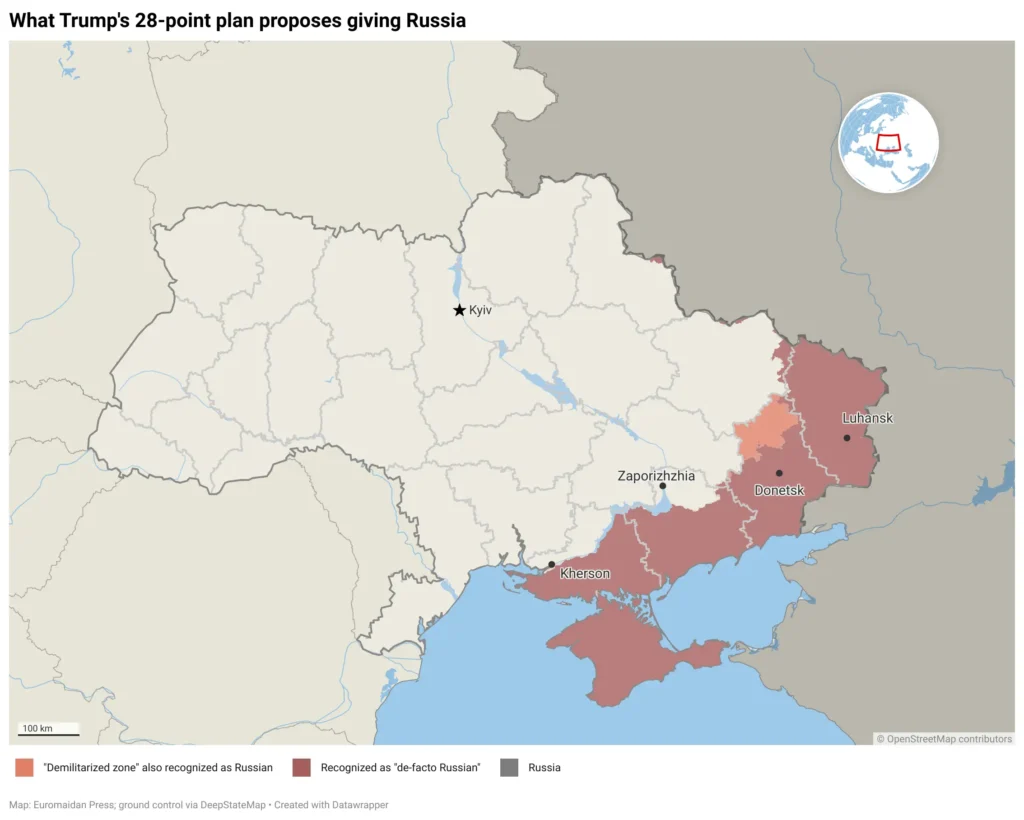
It limits Ukraine's Armed Forces to 600,000 (about 50% of present strength) and abandons vital weapons categories. It allegedly forces Ukraine to make Russian an official state language and grant official status to the Russian Orthodox Church-Moscow Patriarchate – a Kremlin-controlled organisation and recognised part of Russia's hybrid warfare toolkit.
Ukraine must constitutionally enshrine it will never join NATO, and NATO must include a provision that Ukraine will not be accepted into the Alliance.
The plan goes beyond the Kremlin's 2022 Istanbul demands in accepting Putin's conquests as legally Russian. There are no provisions requiring Russian concessions.
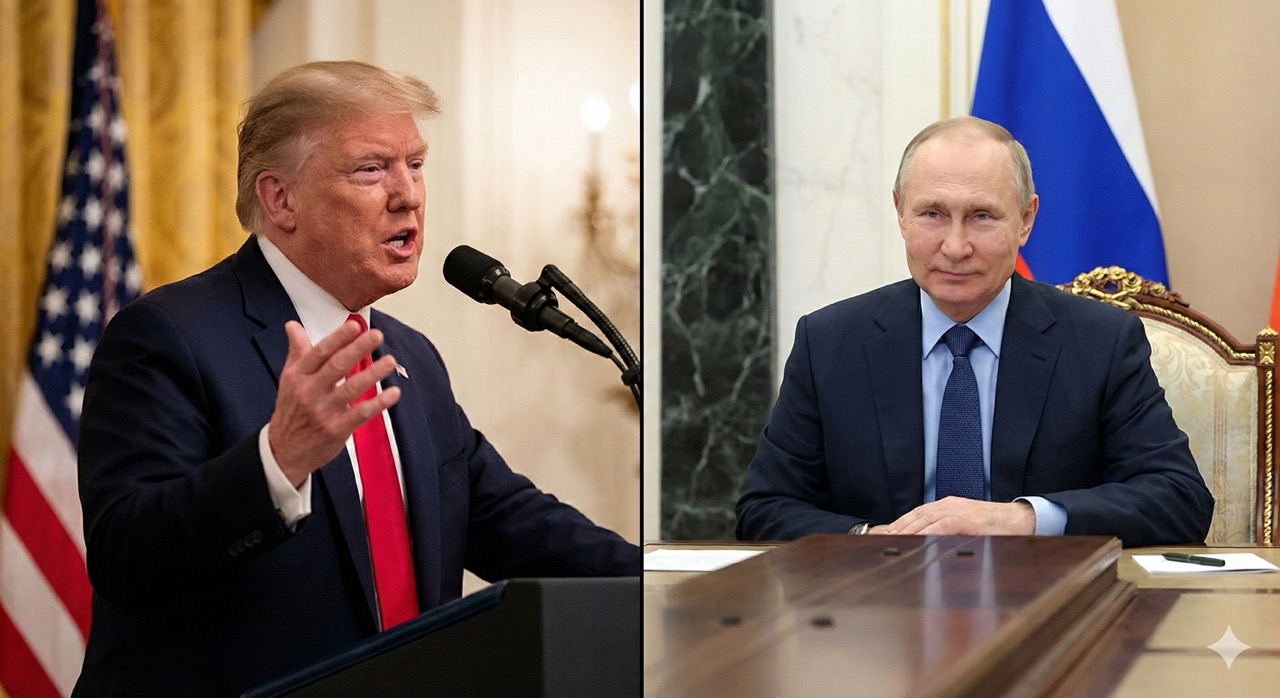
After three years of grinding losses, Trump’s plan gives Russia terms it couldn’t get in 2022
What the US wants
Trump has long desired to "reset" relations with Russia – drawing the Kremlin closer, weakening China, and accessing business opportunities and rare minerals. The Trump administration sees the EU as a strategic opponent, not a partner.
The newly released draft demonstrates how far the present-day US is willing to go: ultimately sacrificing European security to advance its national interests toward Russia and China.
The transactional nature becomes unmistakable in the details. The plan states Ukraine will receive "reliable security guarantees" – but the US will receive compensation for any guarantees it provides.
The condition mirrors Trump's persistent misconception of NATO. In March, Trump argued that "If [NATO member states] don't pay, I'm not going to defend them … They should be paying more."
It includes "US cooperation with Ukraine" in operating gas infrastructure, with reports indicating negotiations would give the US control over a key pipeline.
The plan stipulates a US-led reconstruction effort using Russian frozen assets, entitling the US to 50% of any profits. Europe will add US$100 billion. The US has pledged nothing but control over the process.
This is not a peace plan – it's a deeply cynical attempt to monetise a nation fighting for survival.

Russia's strategic aims
In a recent article, I argued Russia's true aims have been packaged into a series of stories, each offering the West a different illusion of peace:
- The first fiction claims Russia only wants Crimea and the occupied oblasts – implying recognition could end the war.
- The second expands this to Novorossiya.
- The third is Putin's tale of "one people, one nation," implying peace returns once Ukraine is absorbed.
- The fourth invokes the "Russian World" and a revived empire, demanding influence over former territories of Kyivan Rus, Muscovy, the Russian Empire, and the Soviet Union.
Of these four tales, the first is the Kremlin's proposed starting point for negotiations; the last is its desired end state.
While the West obsesses over the first story, Putin has never hidden his goal. It was formalized in Russia's December 2021 letters to the US and NATO, which proposed full control of Ukraine and a Russian sphere of influence encompassing much of NATO's territory.
Today, Russian officials and state media are actively setting information conditions to reject the US plan, signalling that nothing short of total victory is acceptable – because victory in Ukraine is the prerequisite for further expansion into NATO territory.
The US plan shows Washington either does not understand Russia's strategic ambitions – or does not care. For the Trump administration, the naïve hope of pulling Russia away from China – the "reverse Nixon" – appears more important than NATO's future, European security, or Ukraine's survival.
The war in the cognitive space
The war is fought in six domains – land, air, sea, space, cyberspace, and the cognitive space. Russia has succeeded only in the latter, not in Ukraine, but in the West.
The US has internalised Russia's core disinformation narratives: that NATO expansion caused the war; that the 2014 Revolution of Dignity was a Western "coup"; that Ukraine is a US proxy; that Russian speakers faced "genocide"; that Ukraine is "historically Russian land."
These false narratives run through the 28-point plan.
- It promises NATO will not "expand further"; that Ukraine will never join; that NATO must solve Russia's security concerns; that Ukraine must remain non-nuclear and strategically vulnerable.
- It asks Ukraine to surrender "historical lands," halve its armed forces, and hold elections in 100 days – echoing Russia's demands for "demilitarisation, denazification and regime change."
- The clause insisting "all Nazi ideology must be rejected and banned" amplifies Russian propaganda.
The plan assumes Russian victory is inevitable and equates victim with aggressor by offering full amnesty to "all parties" – framing both Ukraine and Russia as equally responsible for a war Russia alone launched.
Why the guarantees have no credibility
The plan includes security guarantees modelled on NATO's Article 5. Unfortunately, they have no credibility.
When the full-scale war started, NATO's 2010 strategic concept committed the Alliance to "actively employ an appropriate mix of political and military tools to stop ongoing conflicts where they affect Alliance security."
The Alliance walked away from this ambition, pursuing a policy of avoiding NATO-Russia confrontation. Now, Russia is already waging war on NATO territory with impunity:
- Since February 2022, Russian sabotage campaigns have accelerated;
- Attacks on critical infrastructure quadrupled in 2023 and tripled in 2024;
- The Helsinki Commission mapped nearly 150 hybrid operations in NATO territory between February 2022 and November 2024;
- Central and northern European countries have faced around 50 drone incursions.
- Trump has repeatedly emphasised that Europe would take the lead in providing guarantees, explicitly ruling out US ground troops.
The European coalition's discussed military package – a mere 30,000 troops – guarantees nothing. Even the Trump administration acknowledges its proposal includes "insufficiently strong security guarantees."
Finally, the plan's credibility collapses entirely when considering its source: an administration pursuing business opportunities in Russia while demanding Ukrainian capitulation. An administration that deliberately cuts support for Ukraine and European security will not rescue its former partners when Russia launches its next assault.
The plan, by design, is meant to meet Russian demands, illustrating how closely aligned US and Russian foreign policies have become.
As The Economist put it, "under Trump, it's unclear whether America would go to war with Russia even over NATO. The plan for Ukraine hinges entirely on Trump's whims."
NATO and European security
The fact that the US sits down with Russia to decide European security over the heads of its allies – despite repeated calls from European partners to be included – sends an extremely disturbing signal.
The US-Russia plan is in clear breach of NATO's strategic concept, which commits allies to consult, coordinate, and act together on collective security.
A country actively undermining Ukrainian and European security is not an ally. Trump has repeatedly expressed strong disdain for the EU: "The European Union was formed in order to screw the United States." He argues that "in many cases, our allies are worse than our so-called enemies."
What some believed to be rhetoric has been proven policy. The present-day US sees Russia as a more important partner than Europe.
Europe's choice
The Economist wrote on 22 November that the plan is "so poorly written, vague, unbalanced, and impractical that in a rational world it never would have surfaced":
- Russia is rewarded for aggression by keeping seized territory, gaining re-entry into the international community, relief from sanctions, and generous profit-making opportunities.
- Ukraine gets a ceasefire and an American "guarantee" that Russia won't attack again.
A clear sign the deal is fundamentally flawed: it's being presented as an ultimatum. If Trump were offering Ukraine salvation, why would he need to force it on Zelenskyy? If America's European allies thought the plan was wise, why are they scrambling to stop it?
The US-Russia plan signifies far more than a call for Ukrainian capitulation. Consider the pattern: the US's threats of annexation (Canada), land grab (Greenland), attempts to undermine European security, its trade war against Europe, and open disdain for former allies demonstrate utter contempt for Europe and the transatlantic link.
While Trump never formally declared support for a "US–China–Russia multipolar world," his policies and dismantling of alliances amount to effective endorsement – one where great powers negotiate among themselves and smaller nations (including European NATO members) lose agency.
NATO is no longer relevant as a defensive Alliance—the US is no longer an ally but a strategic opponent.
To paraphrase NATO's strategic concept:
NATO will no longer safeguard the freedom and security of Allies. The transatlantic bond no longer exists. We are no longer bound by common values: only Europe protects individual liberty, human rights, democracy and the rule of law. Europe – not the USA - remains committed to the UN Charter and the North Atlantic Treaty. NATO is no longer the essential transatlantic forum to consult and act on collective security.
Europe's vision is clear: we want a world where sovereignty, territorial integrity, human rights and international law are respected and where each country can choose its own path, free from aggression or coercion. We stand together to defend our freedom. We hope to convince the US to revert to this vision. Meanwhile, Europe will act as custodian of NATO's former vision and protect it against US, Chinese, and Russian ambitions for a multipolar world based on aggressive foreign policy.
On 21 November, Zelenskyy said Ukraine faces losing either its dignity or its key partner. Every European Head of State could make the same address. The USA's actions show Europe has already lost its strategic partner—the only choice left is dignity or dishonor.
Europe is given the choice between war and dishonour. Do not choose dishonour, because you will have war.
Europe must urgently establish a Coalition of Like-Minded countries (CALM) to secure strategic autonomy. As Manfred Weber, head of the European People's Party, stressed: "We must turn the EU into a European NATO. We can no longer rely unconditionally on the United States."
Unless Europe changes the US and Russian perception of it as weak, Europe will become irrelevant to anyone but historians.
Editor's note. The opinions expressed in our Opinion section belong to their authors. Euromaidan Press' editorial team may or may not share them.
Submit an opinion to Euromaidan Press

